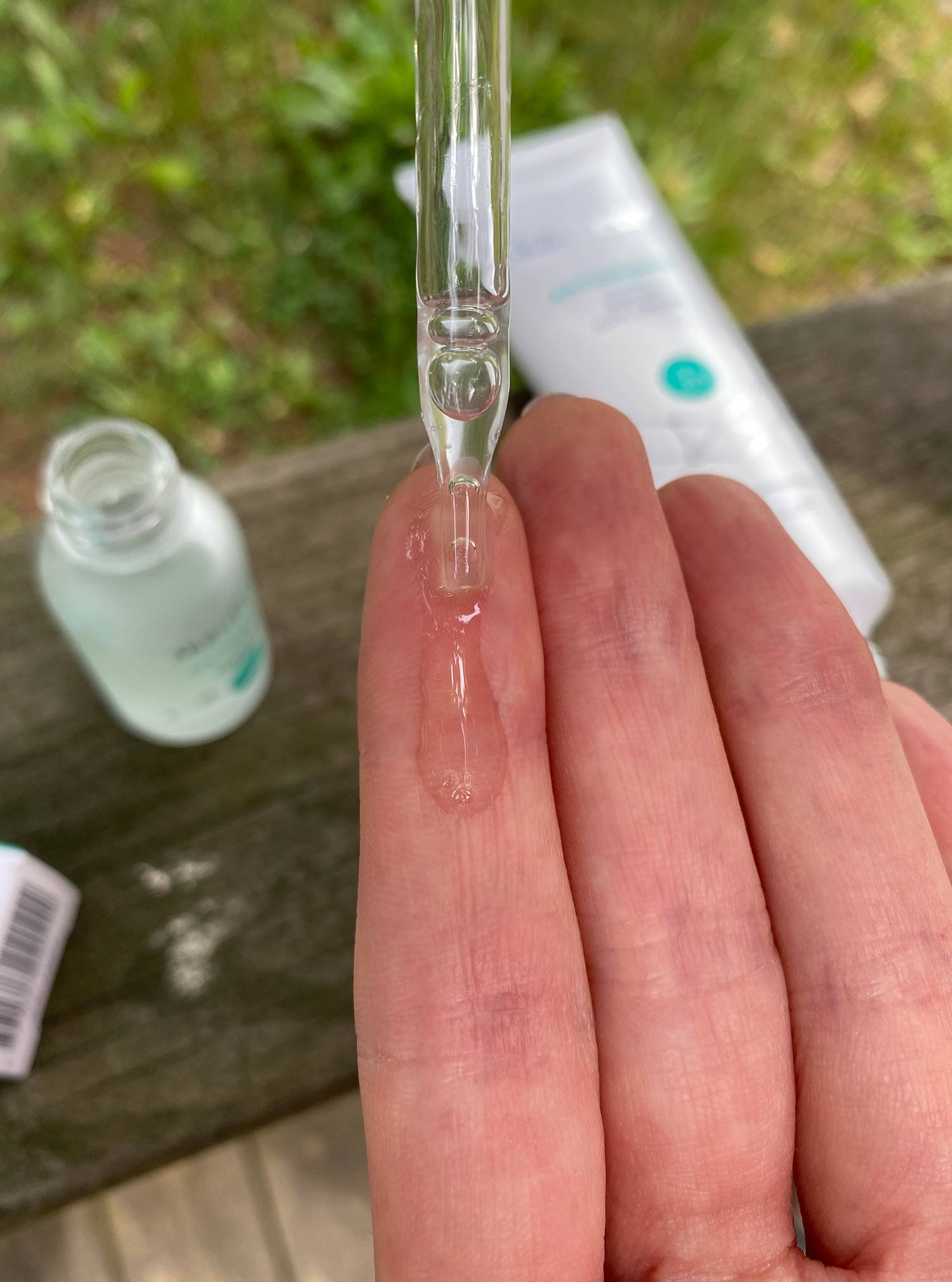The Ultimate Skincare Routine for Every Skin Type
Skin comes in many different types and categories, so understanding the nuances of your own skin and how it might react to different kinds of products might help you develop a skincare routine that gets you the right results. If you’ve been struggling with dry skin, redness, oil production, acne etc. and you can never seem to get your skin just right, keep reading to understand what your skin type is.
Understanding Your Skin Type
Skin can be thought of as coming in five distinct types. These are: oily, dry, combination, sensitive, and normal.
Oily skin tends to produce too much sebum, which can lead to enlarged pores and blemishes. Your skin will have a sheen to it throughout the day, and if you blotted it with paper, you would see oily residue. Oily skin tends to suffer with acne as well.
Dry skin produces too little of the sebum, which leads to dullness and flaking. You’ll notice this with dry patches on your skin that look a little flaky, and sometimes in the winter can get sore and crack. You’ll find your face can feel tight too, often needing moisturiser.
Combination skin includes patches of oily and dry skin in different areas. This usually appears as an oily t-zone (the forehead and nose) and dry cheeks. This isn’t always how it presents itself, but it is most common.
Sensitive skin tends to react to environmental changes. On a humid, windy, or excessively sunny day, you might experience itching and burning. It will also react to certain products that are not designed for sensitive skin. Trying to use actives or acids, sometimes even heavily fragranced creams, can cause a rash or redness etc.
Finally, there’s the so-called ‘normal’ skin, which is reasonably well balanced. It should be noted that, despite the name, only a minority of people have ‘normal’ skin. Usually we’re a mixture of various different elements, but normal skin is always balanced with no notable issues.
The best way to tell what kind of skin type you have is by observing your symptoms, looking at it deeply in the mirror, or by pressing blotting paper against your skin before you wash in the morning (to check for oil). It’s also possible to get your skin professionally analysed if you’re not sure, but it is usually very obvious what skin type we have once we know what we’re looking for.

The Essential Steps in Every Routine
Whatever kind of skin you have, your skincare routine should include several key steps that are suited to your skin’s needs. You’ll need to remove dirt from your skin by cleansing it, before applying a moisturising agent which will help to keep it supple and strong. Finally, it’s a good idea to apply an SPF product – or you can use other skincare products which have SPF properties.
Skincare for Oily Skin
Oily skin benefits from special substances designed to help break down sebum and keep pores clear. This can help prevent many skincare problems that are caused by blocked pores. Products containing salicylic acid for skin are often hugely effective. Cleansing your skin twice a day, and following up with an oil free, lightweight moisturiser is a good option for oily skin. Always look for ‘non comedogenic’ as well, as this means it wont clog your pores.
Skincare for Dry and Dehydrated Skin
If your skin is prone to dryness, then keeping the moisture in should be a priority. This might mean looking for high-quality moisturisers, or applying the right nutrients directly to the skin, like a hydrating serum. Look for cream-based products that won’t strip away sebum, and make sure that you’re drinking plenty of fluids. Cleansing with a oil based cleanser is ideal for dry skin, and Hyaluronic Acid is a fantastic serum.
Sensitive Skin? Here’s What You Need to Know
If your skin is sensitive, then you’ll need to treat it with care. If you’re using a new product for the first time, test it in a small patch, in case your skin is going to react badly to it. Generally speaking, a simple, minimalistic routine is less likely to cause your problems. Use products that are labelled for sensitive skin, so a very delicate cleanser and moisturiser, making sure they’re fragrance free.
Combination skin and What To Use
Combination skin is often a little more tricky as you’re battling with two different skin types at once. Choosing the right cleanser and moisturiser can be tricky, so it’s best to opt for products that are labelled for combination skin, as they’re somewhere in the middle of both. If your cheeks are extra dry, compared to the rest of your face, you can always use a more intense cream on these areas, but specific products are important for combination skin so that you’re not going too far towards too dry or too oily. You might want to consider blotting paper for your t-zone during the day too.

Building a Routine That Works for You
It’s really important to understand the five skin types that are mentioned above. However, the reality is that human skin is far more diverse than this framework would suggest. We are all unique and different, so in a way, there are as many different skin types as there are different people, but these are the generalised issues. I didn’t include skincare tips for normal skin though as you can pretty much use and do whatever you want without any issues!
Also, another thing to consider is that your skin is likely to change over time. Mine has! Therefore, it’s a good idea to experiment and customise your routine to reflect not just your skin, but your lifestyle, too. Nobody wants to spend a tonne of money on a 12 step routine and then find out their skin has changed the next season as the months of the year make a huge difference too! Heavier creams are more suited to winter, compared to lighter serums in the summer months. My skin used to be incredibly oily, even in winter, but it has dried out a bit more now as I get older. I hope these tips help!
Discover more from FORD LA FEMME
Subscribe to get the latest posts sent to your email.
fordlafemme.com (Article Sourced Website)
#Ultimate #Skincare #Routine #Skin #Type
